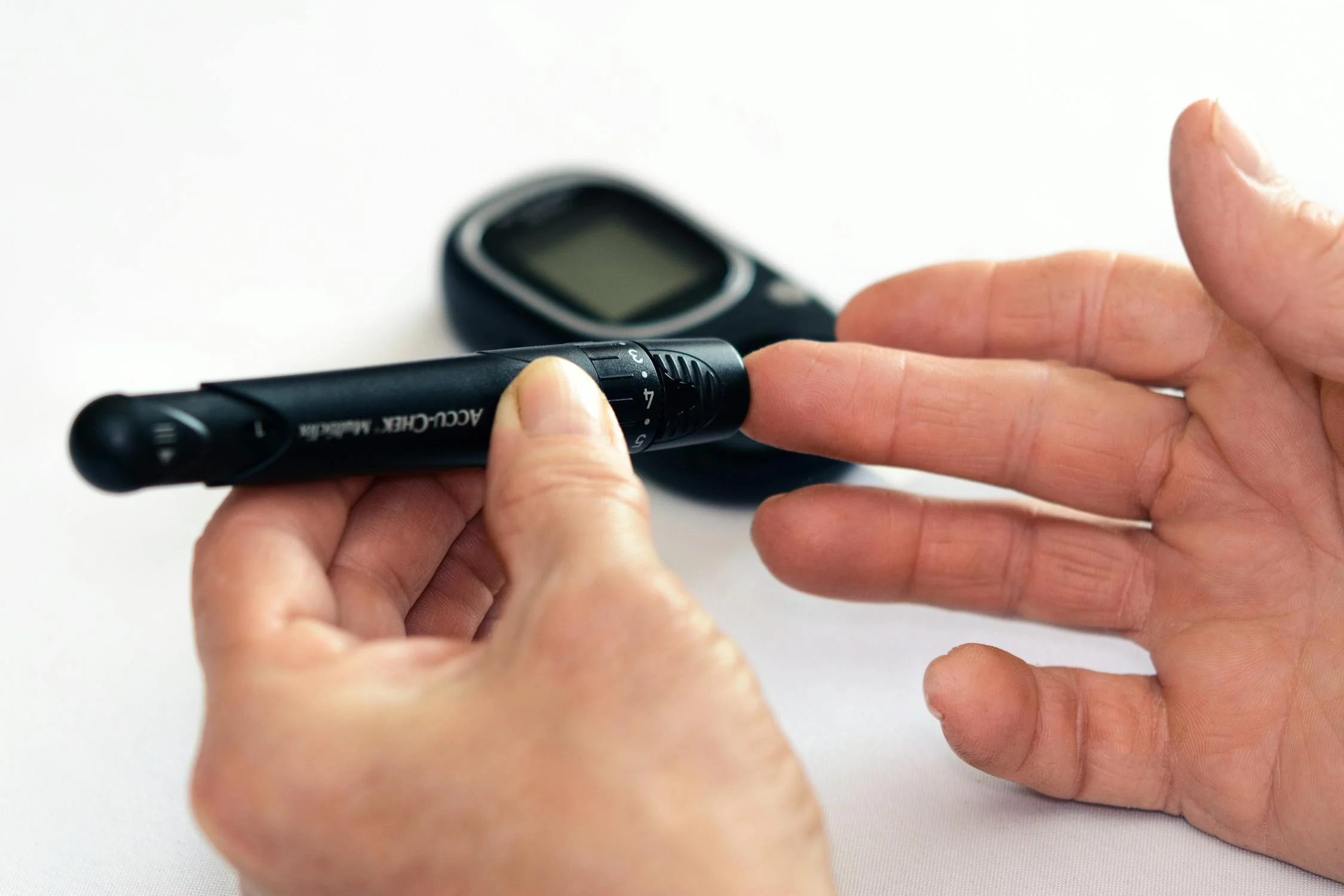Diabetes Prevention Program (DPP) and Follow-up Studies
Frequently in our practice, we discuss with our patients, who often have a strong family history of diabetes mellitus or have evidence of pre-diabetes, interventions that have been shown to help forestall diabetes. In these conversations we often quote the Diabetes Prevention Program trial. The Diabetes Prevention Program (DPP) was a landmark clinical trial that demonstrated the effectiveness of lifestyle intervention and pharmacological therapy in preventing or delaying the onset of type 2 diabetes in high-risk individuals. Below is an overview of the DPP and subsequent studies:
Original DPP Trial (1996-2001)
The DPP was a 27-center randomized clinical trial involving 3,234 participants with impaired glucose tolerance[10], a marker of a propensity toward diabetes. The study compared three interventions:
1. Intensive lifestyle intervention
2. Metformin therapy
3. Placebo
Key Results:
– Lifestyle intervention reduced diabetes incidence by an impressive 58% compared to placebo[1][10].
– Metformin is an inexpensive medication discovered in 1922. Metformin is derived from the lilac tree and has been used as a natural intervention since the Middle Ages. Metformin reduced diabetes incidence by 31% compared to placebo[1][10].
– The lifestyle intervention was particularly effective in adults aged 60 and older, reducing diabetes risk by 71%[1].
Intervention Details:
– Lifestyle group: Aimed for 7% weight loss and 150 minutes of physical activity per week[1].
– Metformin group: 850 mg twice daily[1].
Diabetes Prevention Program Outcomes Study (DPPOS)
The DPPOS is a long-term follow-up of the original DPP participants.
10-Year Follow-up Results:
– Lifestyle intervention group: 34% reduction in diabetes development[1].
– Metformin group: 18% reduction in diabetes development[1].
15-Year Follow-up Results:
– Lifestyle intervention group: 27% reduction in diabetes development[1].
– Metformin group: 18% reduction in diabetes development[1].
21-Year Follow-up Results:
– Persistent reductions in type 2 diabetes development were observed over an average 22-year follow-up period[11].
Cost-Effectiveness
– The DPP Lifestyle Change Program was found to be cost-effective after 10 years[1].
– Metformin was cost-saving, leading to small savings in healthcare costs[1].
Other Significant Trials and Studies
Indian Diabetes Prevention Programme
This study demonstrated that lifestyle modification and metformin could reduce the incidence of diabetes in Asian Indian subjects with impaired glucose tolerance[3].
PREDIMED Trial
A Mediterranean diet supplemented with nuts or extra virgin olive oil was shown to help prevent type 2 diabetes compared to a control diet, even without weight loss[3].
Studies on High-Risk Populations
Pima Indians
– Arizona Pimas had a 38% prevalence of type 2 diabetes[6].
– Mexican Pimas had only a 6.9% prevalence, similar to non-Pima Mexicans (2.6%)[6].
South Asians
– Age-adjusted prevalence of diabetes: 23% in South Asians compared to 6% in whites, 18% in African Americans, 17% in Latinos, and 13% in Chinese Americans[8].
Hispanic Population
– 19.8% total diabetes prevalence among Hispanics compared to 12.4% in non-Hispanic whites[9].
American Indian and Alaska Native Population
– Almost 3 times more likely to have type 2 diabetes compared to White adults[12].
– Diagnosed diabetes more than doubled among Native adults 35 or younger from 1994 to 2004[12].
Pharmacological Interventions in Children
A study of 26 obese children with type 2 diabetes showed:
– 16 were initially treated with metformin
– 4 with sulfonylurea
– 2 with α-glucosidase inhibitor
– 4 received insulin[5]
Conclusion
The DPP and subsequent studies have consistently shown that lifestyle interventions and metformin can significantly reduce the risk of developing type 2 diabetes in high-risk individuals. These interventions have proven effective across various populations, including those with higher genetic predisposition to diabetes. Long-term follow-up studies continue to demonstrate the lasting benefits of early intervention in diabetes prevention.
Sources
[1] Diabetes Prevention Program (DPP) – NIDDK https://www.niddk.nih.gov/about-niddk/research-areas/diabetes/diabetes-prevention-program-dpp?dkrd=prspt1922
[2] Evidence – National DPP Coverage Toolkit https://coveragetoolkit.org/about-national-dpp/evidence/
[3] Dietary Interventions for the Prevention of Type 2 Diabetes in High … https://pmc.ncbi.nlm.nih.gov/articles/PMC6163866/
[4] ACSM Publishes New Recommendations on Type 2 Diabetes and … https://www.acsm.org/news-detail/2022/02/09/acsm-publishes-new-recommendations-on-type-2-diabetes-and-exercise
[5] Pharmacologic Treatment Strategies in Children with Type 2 … https://pmc.ncbi.nlm.nih.gov/articles/PMC3748280/
[6] High-Risk Populations: The Pimas of Arizona and Mexico – PMC https://pmc.ncbi.nlm.nih.gov/articles/PMC4418458/
[7] New study shows decrease in diabetes prevalence for American … https://www.ihs.gov/newsroom/ihs-blog/april-2020-blogs/new-study-shows-decrease-in-diabetes-prevalence-for-american-indian-and-alaska-native-adults/
[8] Understanding the High Prevalence of Diabetes in U.S. South … https://pmc.ncbi.nlm.nih.gov/articles/PMC4030091/
[9] Innovative Diabetes Interventions in the U.S. Hispanic Population https://diabetesjournals.org/spectrum/article/32/4/295/32396/Innovative-Diabetes-Interventions-in-the-U-S
[10] The Diabetes Prevention Program (DPP) – PubMed Central https://pmc.ncbi.nlm.nih.gov/articles/PMC1282458/
[11] DPP Continues to Yield Positive Results, New DPPOS Data Show https://www.ajmc.com/view/dpp-continues-to-yield-positive-results-new-dppos-data-show
[12] Improving Health in Indian Country | Diabetes – CDC https://www.cdc.gov/diabetes/health-equity/health-american-indian.html

Leave a Reply